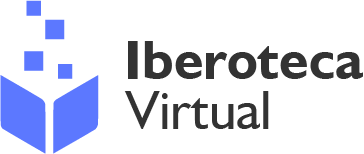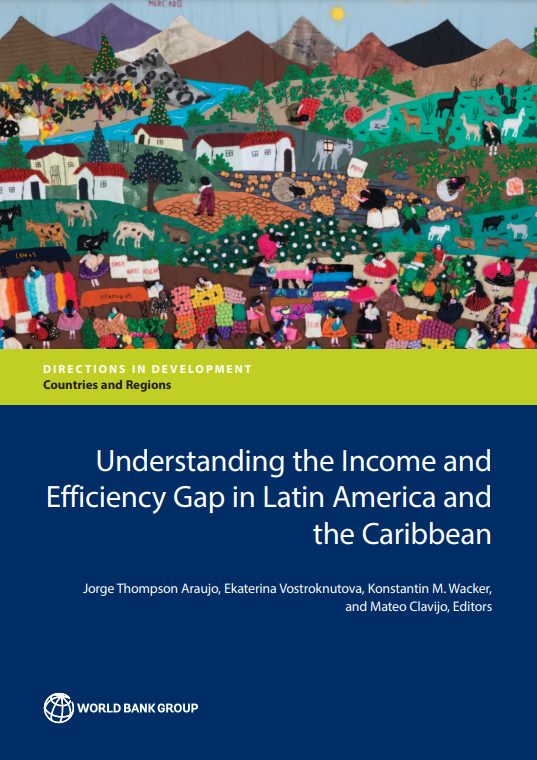Understanding the Income and Efficiency Gap in Latin America and the Caribbean
Editorial: The World Bank Group
Licencia: Creative Commons (by)
Autor(es): Thompson, Jorge; [et al.]
The countries of the Latin America and Caribbean region (LAC), like other emerging economies, have benefited from a decade of remarkable growth and some income per capita convergence towards the United States and other industrialized countries. However, even nearly ten years of solid growth in the first decade of the 21st century could not guarantee that LAC would move on to a sustained long-term income convergence path. In fact, despite this recent progress, LAC still faces a significant per capita income gap with the developed world. The papers in this volume contribute to the ongoing debate on the reasons for this persistent income gap and the potential drivers of convergence, and propose some broad avenues for reform. This volume presents new macro-, sectoral-, and micro-level evidence that: (i) differences in total factor productivity (TFP), or efficiency in using the production factors, such as physical and human capital, explain a large part of LAC's persistent income gap; and (ii) resource misallocation is the main factor behind LAC's large efficiency gap. At the same time, the findings of this volume indicate there is significant room for further economic growth gains from technology adoption and innovation more broadly. In fact, the quality of the available technology in LAC is low, and there is very little innovation. Although firms can use innovation to reach productivity at the global productivity frontier, weak institutions reduce incentives to innovate. This volume also proposes that the main priorities for improving resource allocation and the incentives to innovate include: (i) enhancing market competition in key network industries (transport, financial, telecommunications, logistics, communication and distribution services); (ii) increasing labor market flexibility (including skill-mismatches and social barriers); (iii) removing informational frictions (including complex tax regimes and credit rationing); (iv) strengthening property rights; and (v) improving the rule of law.
[Washington: 2016]
Compartir:
Una vez que el usuario haya visto al menos un documento, este fragmento será visible.


